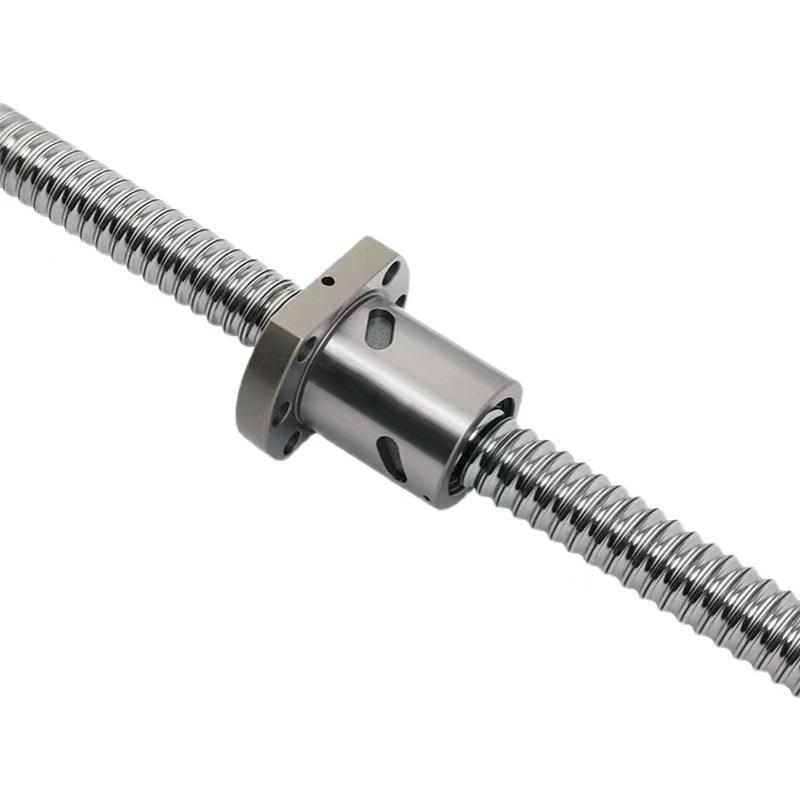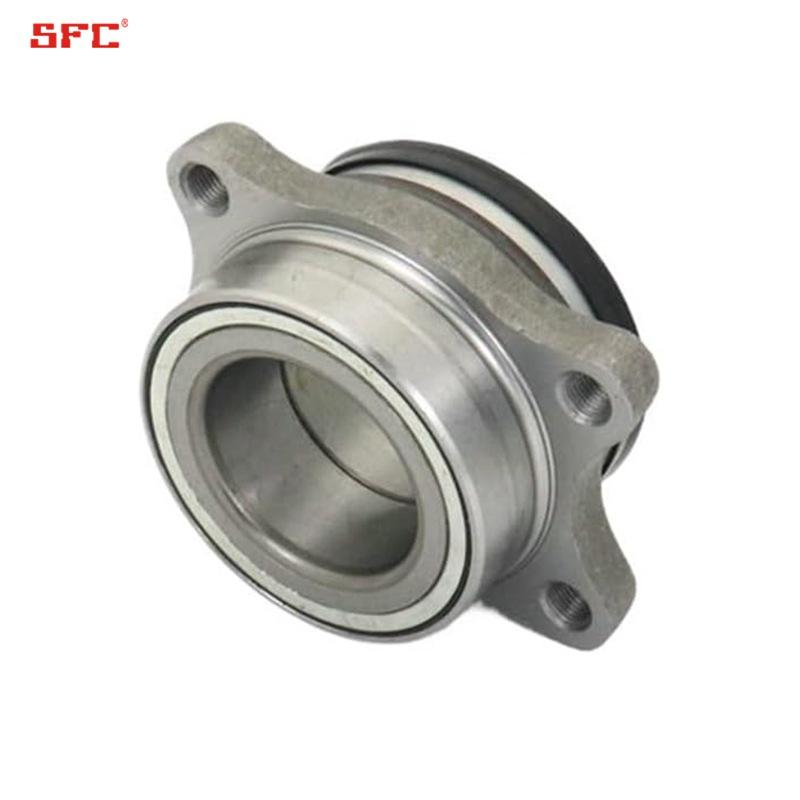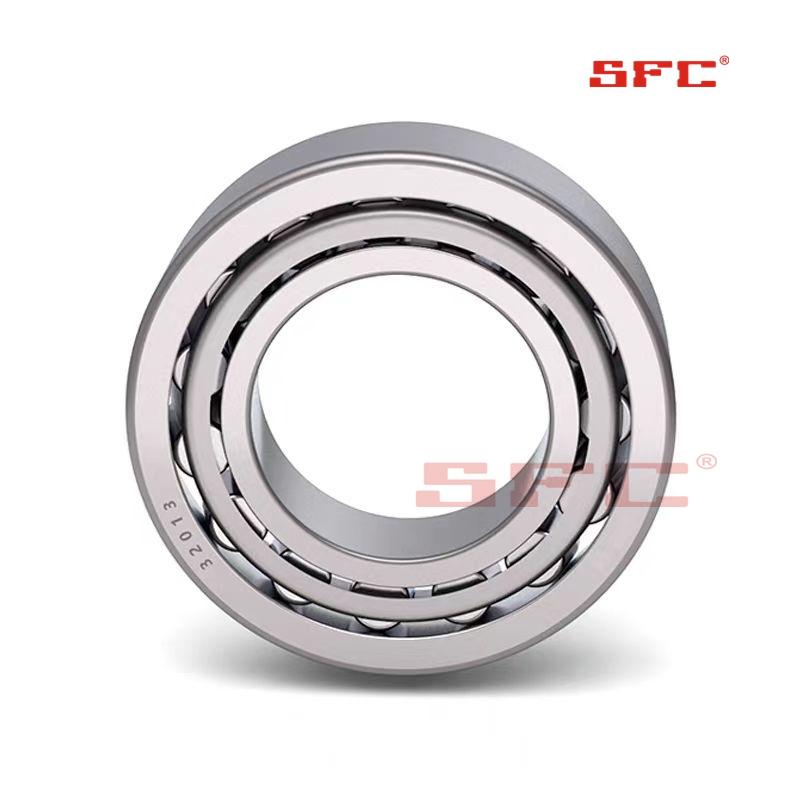What is bearing chamfering and the role of bearing chamfering
1、 What is bearing chamfer?
Chamfer is a term used in mechanical engineering. In order to remove burrs caused by machining on parts and to facilitate assembly, chamfers are generally made at the ends of parts. Chamfering can be seen everywhere in our daily lives, on the borders of mobile phones, on tempered doors, on vases, and so on.
The general purpose of chamfering is to remove burrs and make it aesthetically pleasing. However, for the chamfers specifically pointed out in the drawings, they are generally installation process requirements, such as the installation guidance of bearings, and some arc chamfers (also known as arc transitions) can also reduce stress concentration and strengthen the strength of shaft parts. In addition, it can also make assembly easy, usually before the end of processing.
On agricultural machinery parts, especially circular fittings and the end face of circular holes, they are often machined with a chamfer of about 45 °. These chamfers have multiple functions and must be carefully inspected and fully utilized during maintenance operations, otherwise it will bring many difficulties to agricultural machinery maintenance and even cause unexpected malfunctions. Before the forming process of small parts such as bolts, chamfering is also carried out to facilitate the entry of materials into the forming mold.
2、 What is the function of bearing chamfering
a. Before heat treatment, rough machining of bearing steel must have chamfers. This plays a very important role in the release of stress, redistribution of internal structure, less cracking, and reduction of deformation during material heat treatment. Chamfering can solve the problem of stress concentration.
b. Chamfering and deburring to make the product not sharp and not cut the user
c. Plays a guiding and positioning role during assembly.
Usually, the outer chamfer of the outer ring and the inner chamfer of the inner ring of the bearing are both rounded corners, and the most important factor in effectively avoiding contact stress is convenient installation. Rounded corners ensure good transitional fit. Especially during the bearing process, the positioning surface of the matching shaft and shaft hole, namely the shoulder of the shaft and the shoulder of the bearing seat, directly affects whether the bearing can be installed correctly. The bearing is installed between the axle box and the shaft, and its chamfer is larger than the chamfer between the bearing box and the shaft shoulder. The chamfer of the bearing must be larger than this arc to ensure that it fits the axial positioning surface. When the bearing chamfer is smaller than the chamfer between the bearing box and the shaft shoulder, it cannot be assembled in place, which can easily cause stress concentration at the bearing chamfer, assembly tilting, and a series of problems such as inability to match other matching parts.




